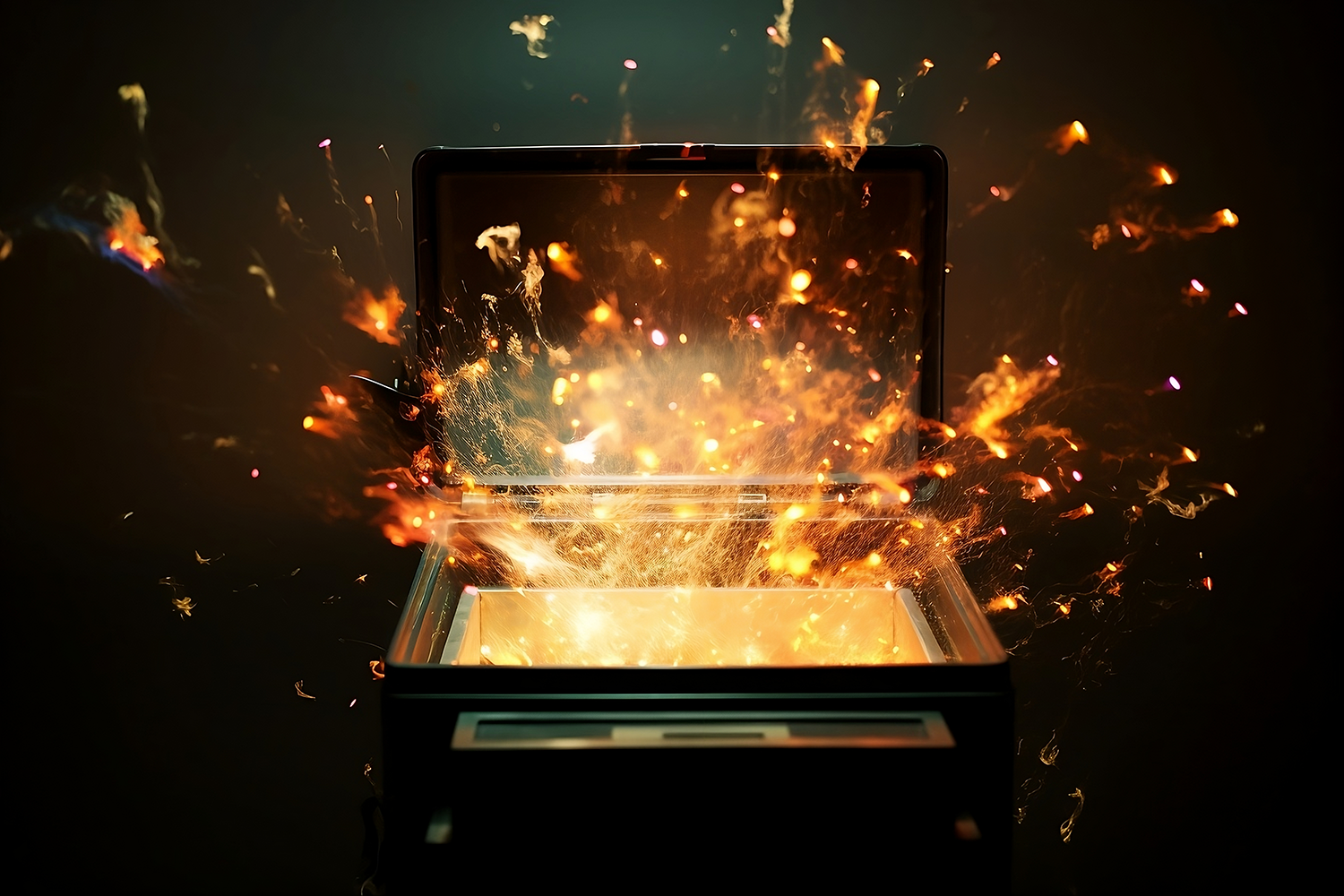The main topic is the use of generative AI image models and AI-powered creativity tools.
Key points:
1. The images created using generative AI models are for entertainment and curiosity.
2. The images highlight the biases and stereotypes within AI models and should not be seen as accurate depictions of the human experience.
3. The post promotes AI-powered infinity quizzes and encourages readers to become Community Contributors for BuzzFeed.
Generative AI, a technology with the potential to significantly boost productivity and add trillions of dollars to the global economy, is still in the early stages of adoption and widespread use at many companies is still years away due to concerns about data security, accuracy, and economic implications.
Generative AI is increasingly being used in marketing, with 73% of marketing professionals already utilizing it to create text, images, videos, and other content, offering benefits such as improved performance, creative variations, cost-effectiveness, and faster creative cycles. Marketers need to embrace generative AI or risk falling behind their competitors, as it revolutionizes various aspects of marketing creatives. While AI will enhance efficiency, humans will still be needed for strategic direction and quality control.
Generative AI has the potential to understand and learn the language of nature, enabling scientific advancements such as predicting dangerous virus variants and extreme weather events, according to Anima Anandkumar, Bren Professor at Caltech and senior director of AI research at NVIDIA.
Generative AI is set to revolutionize game development, allowing developers like King to create more levels and content for games like Candy Crush, freeing up artists and designers to focus on their creative skills.
Generative AI is a form of artificial intelligence that can create various forms of content, such as images, text, music, and virtual worlds, by learning patterns and rules from existing data, and its emergence raises ethical questions regarding authenticity, intellectual property, and job displacement.
Generative AI algorithms, such as DALL-E 2 and Midjourney, have become increasingly impressive by using a technique called a diffusion model, which is a relatively new addition to the AI scene.
Getty Images has launched Generative AI, a tool that combines their creative content with AI technology to provide customers with commercially safe generative AI for visual design.
Stable Diffusion is an image generator powered by deep learning AI that turns text into realistic images, offering users the ability to generate images based on specific descriptions and tweak parameters for customization.
Generative AI is an emerging technology that is gaining attention and investment, with the potential to impact nonroutine analytical work and creative tasks in the workplace, though there is still much debate and experimentation taking place in this field.
Artifact, the news aggregator, has introduced a new generative AI feature that allows users to create their own images to accompany their posts, helping them make their content more compelling and visually appealing.
Generative AI has the potential to transform various industries by revolutionizing enterprise knowledge sharing, simplifying finance operations, assisting small businesses, enhancing retail experiences, and improving travel planning.
Adobe has announced updates to its generative AI image creation service, Firefly, including a new model that is better at rendering humans and larger in size, as well as introducing new controls and features for users to enhance their workflows.
Adobe showcased its plans for generative AI technology in Photoshop, Illustrator, and other design apps at its annual MAX conference, including improvements to its AI image generation model, the introduction of a generative AI model for creating vector graphics, and the launch of a new AI model for generating templates for social media posts and marketing assets.
Adobe has announced upgrades to its Firefly family of generative AI tools, including improvements to image generation in Photoshop, the introduction of generative AI to Adobe Illustrator designs, and the addition of text prompt abilities to Adobe Express layouts. The new AI model offers better image quality and detail through training on more images, and users can steer generation with photography parameters.
Generative AI, which allows users to experience cutting-edge technologies firsthand, is expected to play a centralized role in our lives, revolutionizing the fields of computational photography, robotics, and automation.
Nvidia is embracing generative AI in its robotics offerings, aiming to accelerate its adoption among roboticists and provide productivity improvements through features such as composing emails and generating stunning images.
Midjourney is a leading AI image generator, but there are several other alternatives available such as Stable Diffusion, Craiyon, DALL-E 3, Wombo Dream, Blue Willow, Bing Image Creator, Adobe Firefly, and Starryai.
Generative artificial intelligence (AI) is a subset of AI that uses machine learning to generate new data, designs, or models based on existing data, offering streamlined processes and valuable insights for various engineering disciplines.
Skylum's photo editing software, Luminar Neo, will introduce generative AI technologies, starting with the GenErase tool, allowing photographers to easily remove unwanted objects from photos and replace them with AI-generated content.
Generative AI has the potential to boost global GDP growth by 2032, according to an analysis of over 160 million jobs, with some jobs benefiting more from AI augmentation than others.
Generative AI, a technology that can create new content, is poised to revolutionize the smartphone industry in the same way that the advent of smartphones and the internet did, with major tech companies like Google, Microsoft, and Apple already incorporating AI features and capabilities into their devices.
